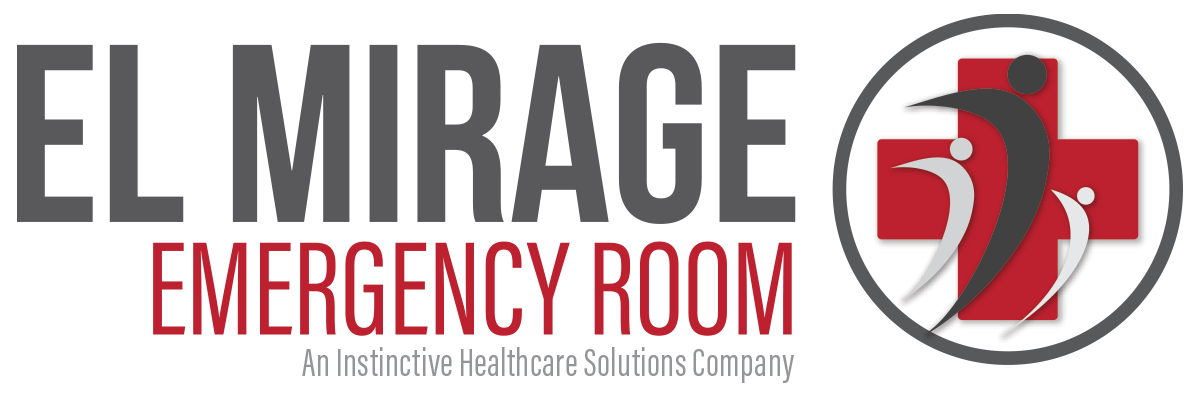How Serious is Your Headache? Here’s How to Tell!

Headache pain can range from a mild annoyance to a debilitating agony. Headaches are annoyingly common, with up to 96% of people suffering from them at some point in their lives. Whether your headache is pounding, throbbing, mild aching, or piercing, all headache sufferers have one thing in common; everyone wants their headache to STOP.
Aside from knowing how to get rid of your headache, it’s also important to be able to identify the type of headache you have, and when you need to seek medical attention.
Common types of headaches
- Cluster headaches are very painful headaches that center around one eye or one side of the head. They get their name because of their periods of frequent attacks. Cluster headaches can last from a few minutes to a few hours, and often occur at the same times every day. You should see a doctor if you’re new to cluster headaches so he or she can rule out other medical conditions, and also discuss treatment options.
- Sinus headaches can feel like pressure or throbbing around your forehead, eyes, cheeks, or teeth. It can feel worse if you lie down, and may be accompanied by a stuffy nose or fatigue. You should see a doctor if these headache symptoms occur more than 15 days in a month, or if your sinus headaches regularly interfere with your daily life.
- Tension headaches are the most common type of headache. They usually come on slowly, and feel like a stretched band around your head. They feature even pain on both sides of your head, and are caused by constricted muscles in your face, head, shoulders, or back. The culprit? Usually elevated stress or muscle tightness. Lowering stress levels and/or ice pack application can help. You should see a doctor if you’re getting tension headaches frequently enough that they are disrupting your daily life.
- Migraine headaches are relatively severe, and can be downright debilitating. Some migraine triggers include light, sounds, odors, physical activity, or other stimuli. They can leave you with a painful throbbing on one side of your head, nausea, fatigue, and trouble sleeping; sometimes for days. These are among the most disruptive types of headaches, usually interfering with daily activities. If you believe you are experiencing migraines but haven’t sought medical attention, you should see your doctor to confirm this diagnosis and discuss treatment options.
When to seek urgent medical care:
Sometimes headaches can be a sign that your body is experiencing a more serious medical condition. Here’s how to know if you need to seek emergency medical care for your headache in El Mirage. You should visit the El Mirage Medical Center if your headache is accompanied by:
- Trouble walking, seeing, or talking
- Upset stomach (that’s not associated with another reason)
- Numbness or weakness on one side of your body
- A high fever
- Confusion or disorientation
- A stiff neck
- Fainting
Our medical team is ready for every emergency, including medical conditions associated with worrisome headache symptoms. If you or a loved one is experiencing any of the above symptoms, or if you’re not certain whether the headache-related symptoms are considered an emergency, don’t hesitate to come in. We’re here to care for the El Mirage community, and are proud to offer expert, top-grade emergency medical care in the greater Phoenix area.
SOURCES
Related Posts

Holiday Heart Syndrome: What You Need to Know
The holiday season is filled with celebrations, special meals, and moments of connection—but for some…

Staying Healthy During the Holidays: Tips to Avoid Seasonal Illnesses
The holiday season brings joy, celebration, and time spent with loved ones—but it also brings…

Holiday Hazards: Keeping your family safe this holiday season
What’s better than the holidays? The lights, the food, the presents. Spending time with loved…
